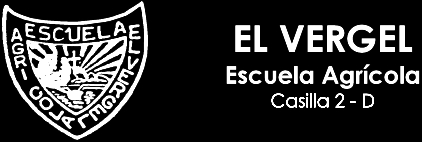

Dr Alexander Wetmore
National Museum Washington D.C.
Angol,
June 22, 1934
My
dear Dr Wetmore,
A
few days ago I sent to your address a small parcel containing the leg bone of
some kind of a gallinaceous bird. This was found in a grave on Isla de La
Mocha. I cannot tell the age of the cemetery but probably at least 250 years.
According to history the last of the natives of the island were destroyed in
1687.
We
have no way of knowing whether the grave of the Indian from which this was
taken is a very old one or not.
There
are a whole series of interesting questions which come up in connection with
this bone. Is it fossilised? If so where did it come from and why did the
Indian have it buried with him? If it is nor fossilized then the question also
arises as to why he had it. Possibly it was the leg of a famous fighting cock
which he owned.
If
it is fossilized it would probably mean that there were chickens of some kind
in this region in very remote times. There is a general idea that the
Araucanian Indians had chickens when the Spanish arrived although many
authorities claim that they did not. It is still a question. Perhaps this
might throw some light on the matter.
I
have sent it on to you because it is of little value to me except as a
curiosity and to you it might be much more. If it is simply a bone of a
rooster dug up in a grave then Dr Hough might be interested in it for the
anthropological section. At any rate it is for the Museum.
If
you wish to look up information concerning the Isla de La Mocha there is a
publication of the National Museum of Chile in 1903 which is very interesting.
With
kind regards I remain,
Yours very sincerely,
Dillman
Bullock